Scientist-led conferences at Harvard, Stanford and MIT
-

Game controller measures heart rate, respiration, temperature, perspiration
Stanford Professor Gregory Kovacs and researcher Corey McCall claim that they are able to “read the brain” by measuring heart rate, respiration rate, temperature, perspiration and other body processes. Their goal is to sense emotions. The back of an Xbox 360 controller was replaced with a 3-D printed plastic module packed with sensors. Small metal…
-
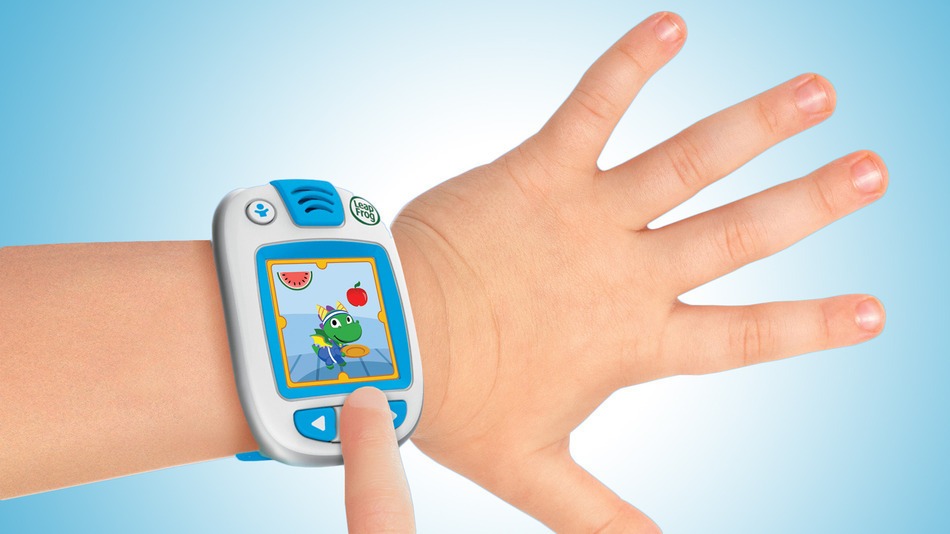
Gamified wearable activity monitor for kids
LeapFrog has embraced the wearables trend with a gamified fitness band for children aged 4-7. The Leapband screen displays a personalized virtual pet which guides a child through a series of activity challenges and games. The more active they are, the more points they win, and the more games they are able to unlock of…
-
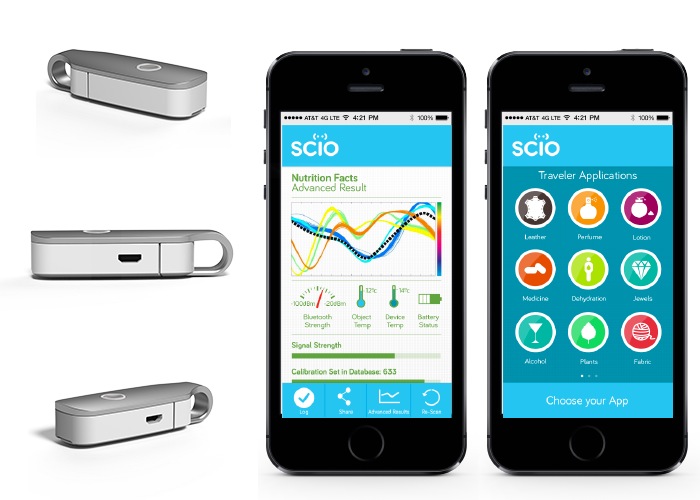
Crowdfunded handheld molecular sensor
SCiO is miniature spectrometer that sends chemical make-up information about food, medicine and plants to one’s smartphone. It is being crowdfunded on Kickstarter. The device shines near-infrared light on a sample, exciting the molecules and making them vibrate. Each object has its own optical signature. The spectrometer determines what an object is, based on the infrared…
-
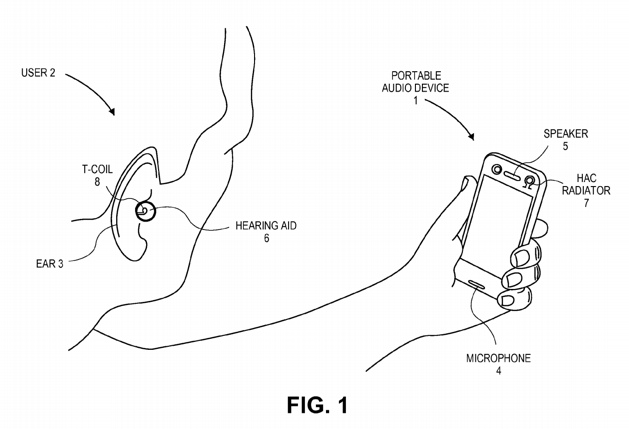
iPhone controlled hearing aids
ReSound LiNX, Beltone First and the Starkey Halo are hearing aids that work directly with iPhones. Audio is sent to the device as it would a Bluetooth earpiece. It can also act as a remote control. One’s phone can be a hearing aid’s microphone, record information about when and where it is adjusted, and track how…
-

Ultrasound improves virtual “touch”
Ultrahaptics uses ultrasound waves to make one feel as if he/she is touching virtual objects and surfaces with bare hands. It’s creator, a University of Bristol graduate student, claims that it improves upon touch-free interfaces such as Kinect and Leap Motion by reflecting air pressure waves off the hand to create different sensations for each fingertip. Applications could include interacting with moving…
-
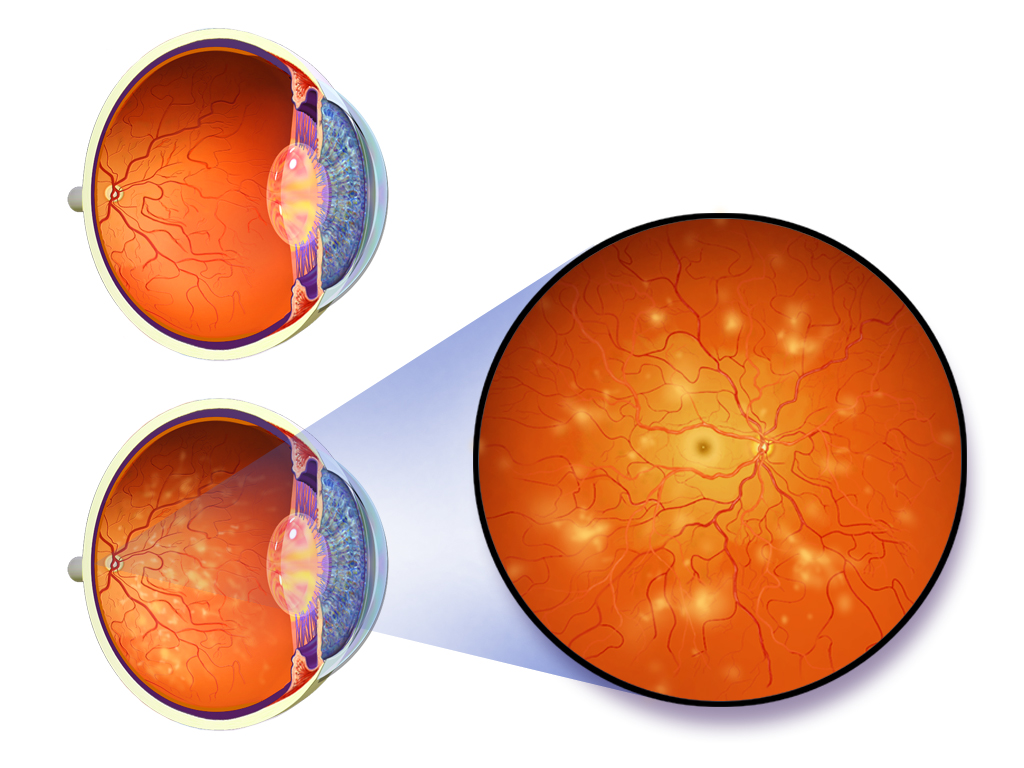
Adaptive optics detect diabetes eye damage early
Indiana University professors Ann Elsner and Stephen Burns have developed an optic imaging method to detect the earliest stages of diabetic retinopathy. The device uses small mirrors to reflect light into the eye to overcome optical imperfections. It detected damage spread widely across the retina in early disease states, including changes to blood vessels not thought to occur until the disease…
-
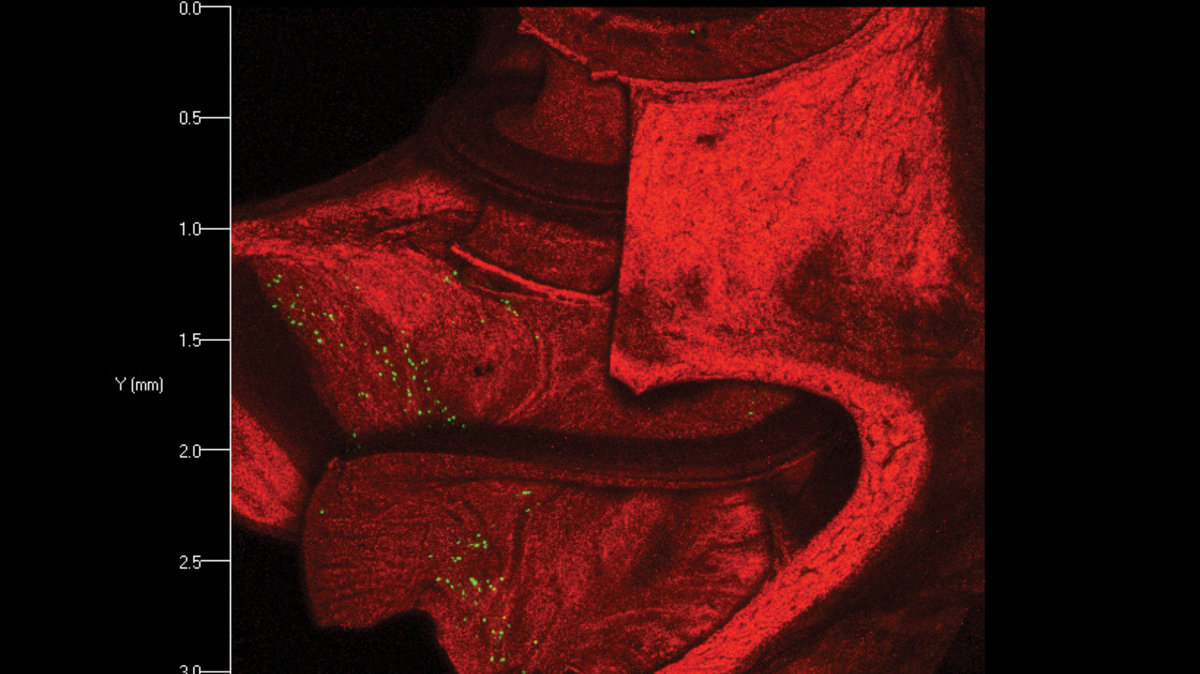
Cochlear implant pulses deliver DNA for gene therapy
UNSW Professor Gary Housley used electrical pulses from a cochlear implant to deliver gene therapy, successfully regrowing auditory nerves. Until now, the “bionic ear” has been largely constrained by the neural interface. In the study, Professor Housley and colleagues used the cochlear implant electrode array for novel “close-field” electroporation to transduce mesenchymal cells lining the cochlear perilymphatic…
-
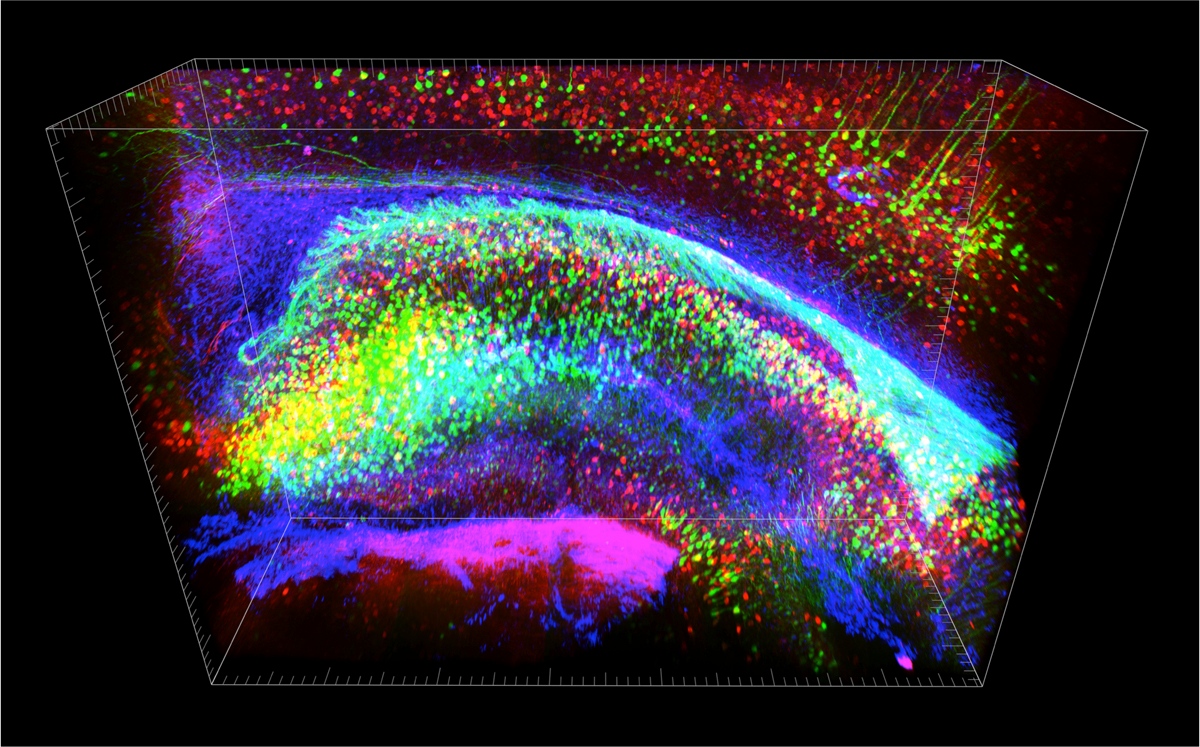
Transparent neuron imaging clarifies connections
MIT‘s Kwanghun Chung and Stanford‘s Karl Deisseroth‘s CLARITY allows researchers to see directly into optically transparent whole brains or thick blocks of mouse brain tissue. Such studies in living people are impossible, because most neuron-tracing methods require genetic engineering or injection of dye in living animals. The hope is that this will one day lead to a way to…
-
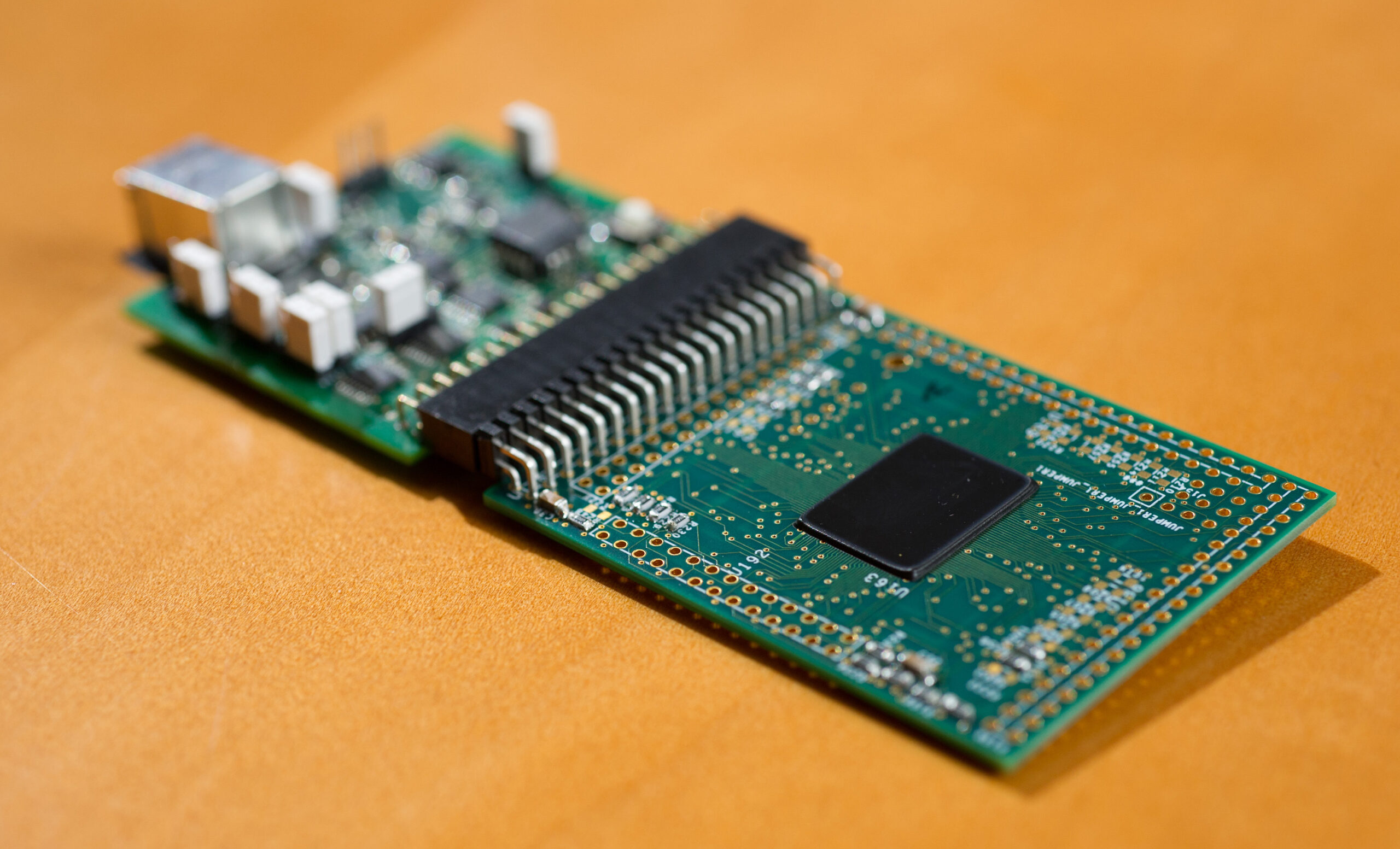
Analog path to neuromorphic computing
In her roadmap, Georgia Tech professor Jennifer Hasler emphasizes analog processing’s key role in neuromorphic systems, specifically field programmable analog arrays. She claims Georgia Tech’s FGAAs “award the programmability and capability of the Anadigm components” by housing “hundreds of thousands of programmable parameters, enabling them to be used for system level computing, not just analog glue…
-

Cancer screening bra insert
First Warning, the breast cancer sensing bra company, has changed its strategy. They will now use the same temperature-fluctuation sensors from their smart bra in a device inserted into one’s existing bra. The data will be sent to a user’s smartphone. The sensor finds cancer by detecting tiny metabolic temperature changes caused by cancerous cells…
-
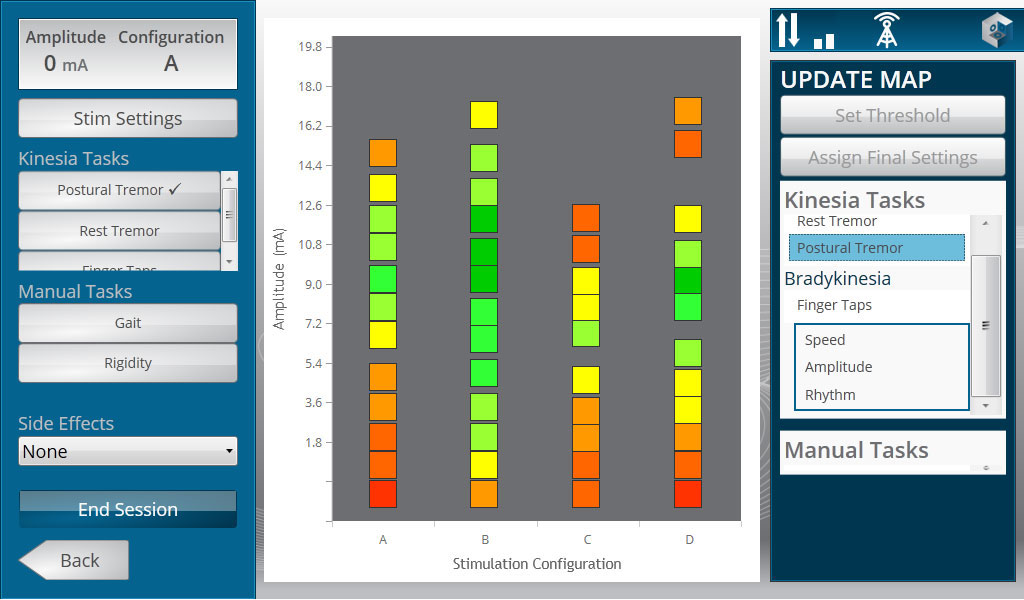
Wearable sensors monitor Parkinson’s symptoms
Kinesia’s HomeView and ProView technologies provide standardized platforms to quantify Parkinson’s disease symptoms in the clinic and at home. Physicians have the tools to quantify tremor, assess dyskinesia and measure bradykinesia remotely. A patient uses a take home kit, programmed to specific symptoms and treatments,to complete motor tests several times a day. The patient can also enter…
-
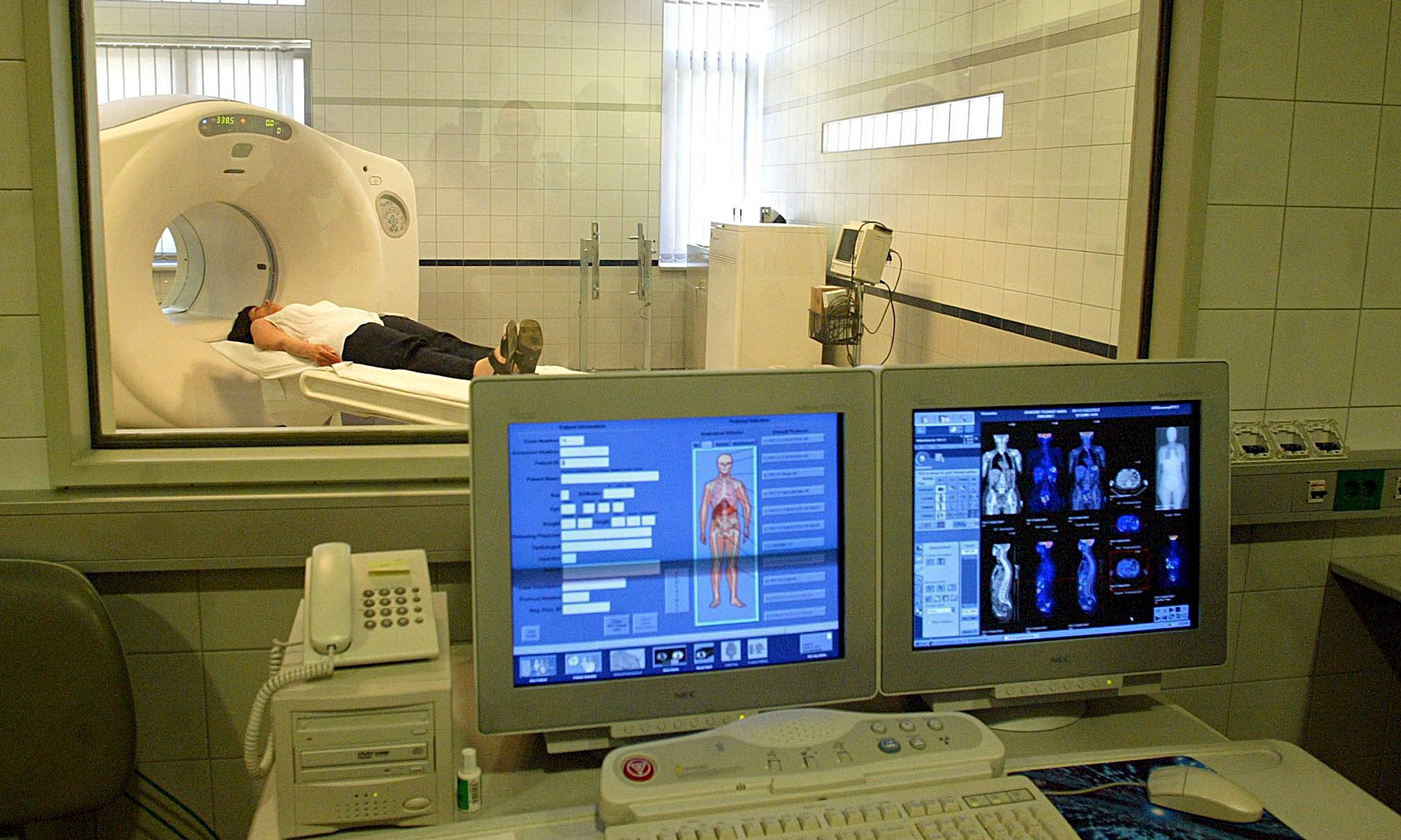
PET and fMRI predict brain injury recovery
University of Liège professor Steven Laureys‘ recent study shows that PET scans fMRI were more reliable predictors of brain injury recovery than standardized bedside assessments by doctors. Of 126 patients in the trial, 41 were in a persistent vegetative state, 81 were in a minimally conscious state and 4 had locked-in syndrome. PET correctly predicted the extent of recovery…
Got any book recommendations?